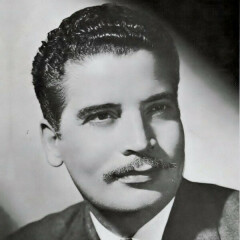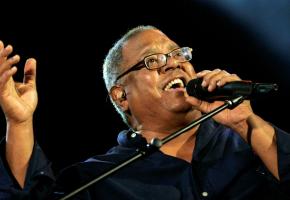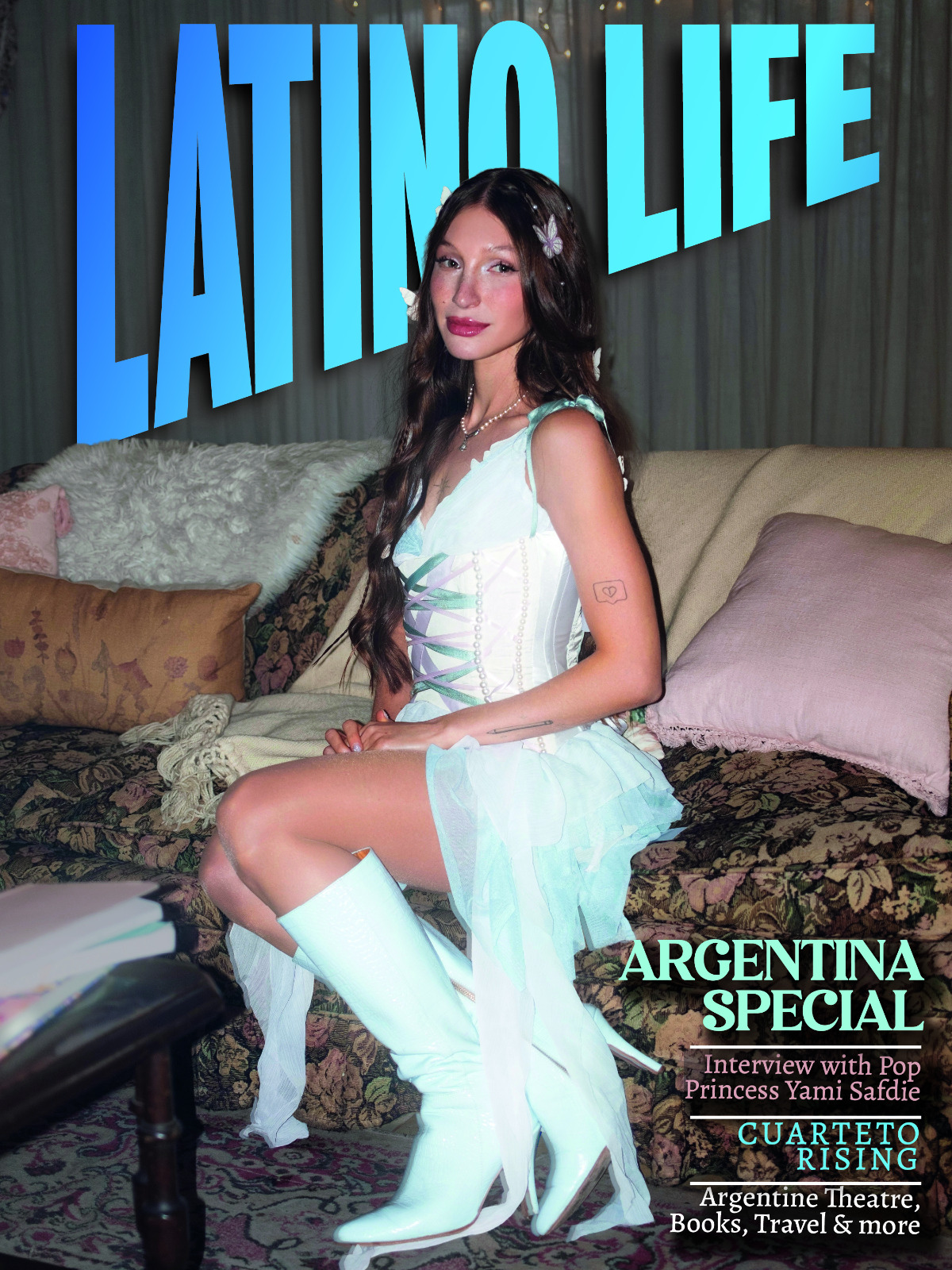Born on 5 February 1916 of a poor family in Santurce, Puerto Rico, Danielito went to school on and off; when his family needed income, he'd work as a shoe shine boy. He later returned to school and worked very hard; learning English and singing in the school choir.
By the age of 14 , Santos left his home to his own little rented room. One day, his singing was overheard by a neighbor who happened to be a member of a band called Trío Larico. He was offered a job singing with the band for a one dollar for each appearance. Thus began Santos’ professional career. In 1938, he met the legendary Pedro Flores in New York City while he sang one of Don Pedro’s songs: “Amor perdido”, at the Cuban Casino. Don Pedro liked the way he sang and asked Santos to audition with his own band, the Flores Quartet. Again, Don Pedro liked what he heard and offered him a job.
He recorded many of the songs that him famous, with the Pedro Flores Quartet. Among them: “Irresistible”, “Esperanza inútil”, “Perdón”, “Mayoral”, “Venganza”, “Amor”, “Olga”, “Yo no sonada”, “Hay que saber perder”, “La numero 100”, “Bella mujer”, “Margie”, “Prisionero del mar”, “El Último adiós”, Borracho no vale, “Bella mujer”, and “Guaracha amorosa” (glossary: guaracha). In 1941, while United States servicemen where saying goodbye to their loved ones, on their way to the Second World War, Santos sang Pedro Flores’ most celebrated recording: “Despedida”.
He later recorded another great hit that appeared on jukeboxes all across the United States: “Linda”. A year later, he substituted for Miguelito Valdés in Xavier Cugat’s orchestra, which he was forced to leave to serve in the military.
But about this time, Santos was also influenced by the nationalistic ideals of Pedro Albizu Campos. These ideas got him into trouble with the United States’ FBI and Department of State each time he traveled. Upon his return, having witnessed the atrocities of war, he recorded “Los patriotas”, together with Pedro Ortiz Dávila “Davilita" and another inspired by the book written by Puerto Rico’s national poet, Don Juan Antonio Corretjer “La lucha por la independencia de Puerto Rico”.
Santos went to Cuba in 1946 when Bobby Capó introduced him to Guajiro Amado Trinidad who contracted Santos to work for eight days on a radio program featuring the leading artists of the day, on RHC Cadena Azul. The progrqam always began with a the song “Anacobero” by Puerto Rican pianist Andrés Tallada. One day Santos entered the studio dancing in costume and surprised the announcer who went on to introduce Santos with “Con ustedes (with you now), el Anacobero Daniel Santos”. The term “Anacobero” stuck and was later elaborated with “inquieto” to reflect the intense and difficult life Santos had led.
Santos then traveled between Cuba and New York for 15 years until he heard that Fidel Castro was organizing children to train in the militia. He fled Cuba never to return again. But during those years the events in his life inspired the composition of many of his 400 songs, including “El columpio de la vida”, “Patricia”, “Amnistía”, “El preso”, “El que canta” y “Bello mar”. He also composed “Sierra Maestra”, the hymn of the Movimiento 26 de Julio (Movement of July 26th), which Castro transmitted on Radio Rebelde from the Sierra Maestra mountains during the Cuban revolution that overthrew Batista.
He went on to sing on various radio programs, making famous songs by Pablo Cairo, Isolina Carrillo, Jesús Guerra and other noted composers of that time. In addition to his fame as a singer and composer, Santos was also well known for his stormy private life; filled with liquor, women, he spent time in various jails throughout Latin America, inclusing Cuba, Ecuador and the Dominican Republic.
During his last years he performed at many events in the United States and Latin America. He consistently filled the venues with fans that came to hear the legend of the bolero and guaracha, and to hear him tell anecdotes from his colorful life. He inspired many writers, among them the internationally reknown Colombian writer Gabriel García Marquez, who mentioned Santos in his book Relato de un náufrago” and in various newspaper articles. His life and music was the theme of the books: “Vengo a decirle adiós a los muchachos”, by Puerto Rican author Josean Ramos; “La importancia de llamarse Daniel Santos”, by Luis Rafael Sanchez, and “El Inquieto Anacobero”, del Salvador Garmendia.
Santos died on 27 November, 1992 of a heart attack in Ocala, Florida leaving a wife (Ana Rivera) and two sons. He was buried in the Santa María Magdalena de Pazzis cemetary nearby Pedro Albizu Campos and Pedro Flores.


















